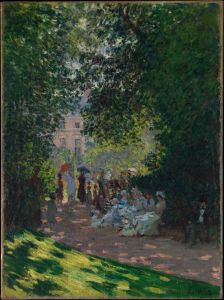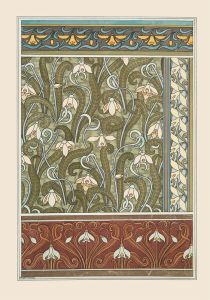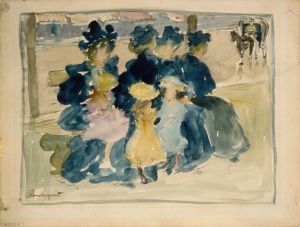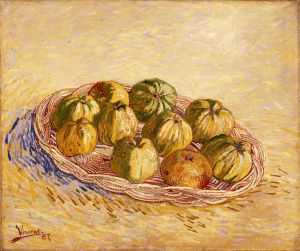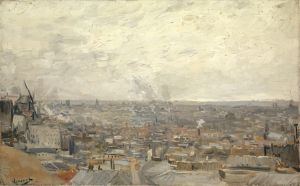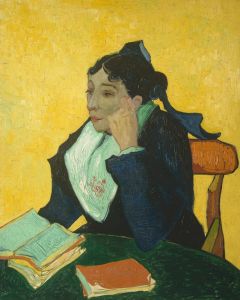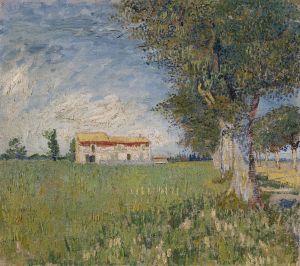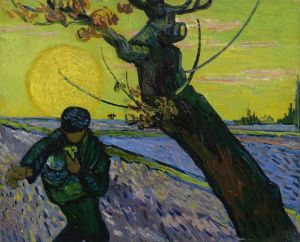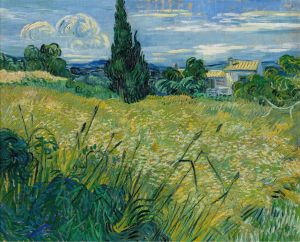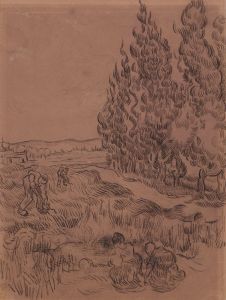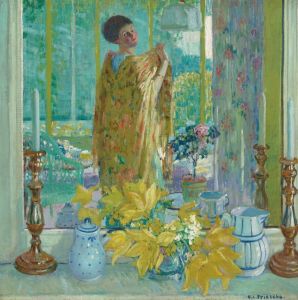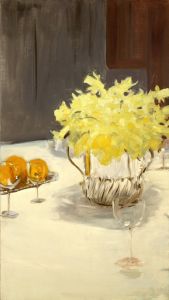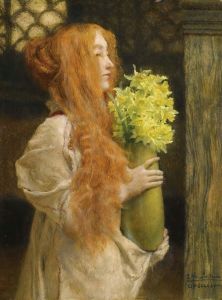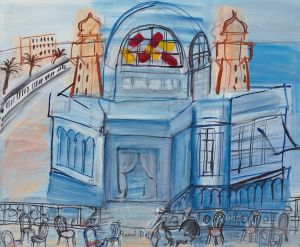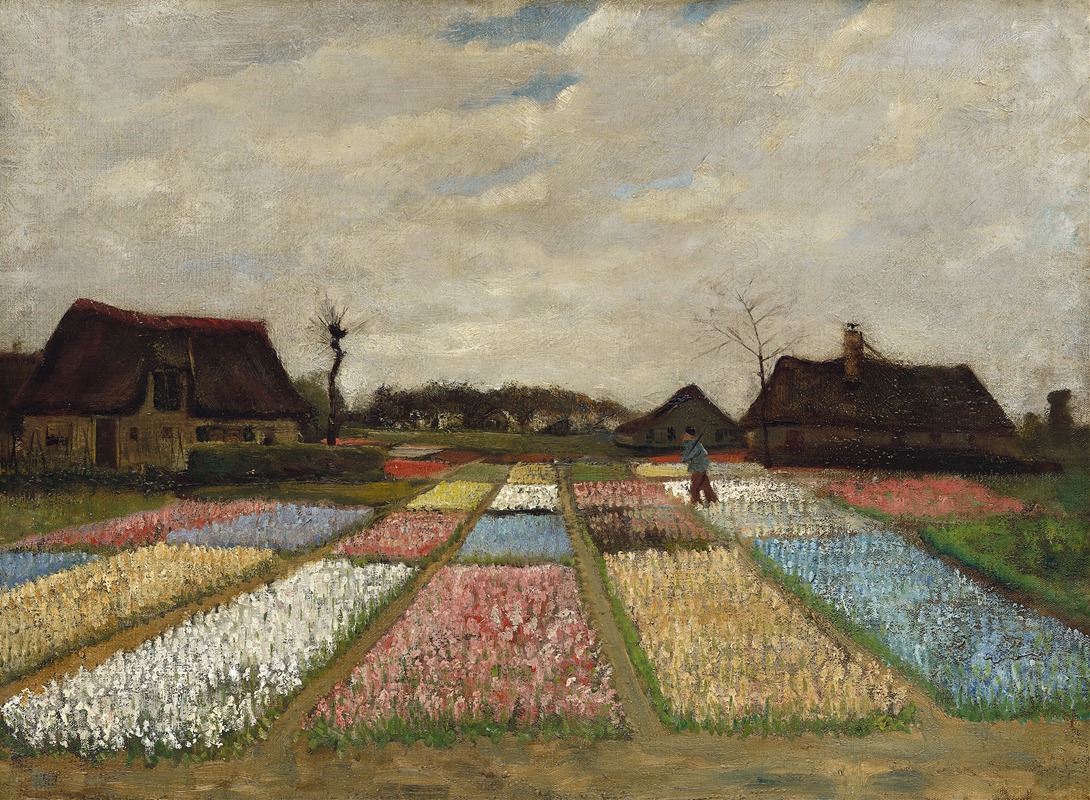
Flower Beds in Holland
A hand-painted replica of Vincent van Gogh’s masterpiece Flower Beds in Holland, meticulously crafted by professional artists to capture the true essence of the original. Each piece is created with museum-quality canvas and rare mineral pigments, carefully painted by experienced artists with delicate brushstrokes and rich, layered colors to perfectly recreate the texture of the original artwork. Unlike machine-printed reproductions, this hand-painted version brings the painting to life, infused with the artist’s emotions and skill in every stroke. Whether for personal collection or home decoration, it instantly elevates the artistic atmosphere of any space.
Vincent van Gogh, one of the most influential figures in Western art, created "Flower Beds in Holland" during his early artistic period. This painting is part of a series of works that Van Gogh produced while living in the Netherlands, specifically in the town of Nuenen, where he resided from 1883 to 1885. During this time, Van Gogh was deeply influenced by the rural landscape and the lives of peasants, which is reflected in his choice of subjects and his evolving style.
"Flower Beds in Holland" is notable for its depiction of the Dutch countryside, showcasing Van Gogh's interest in capturing the essence of rural life. The painting illustrates a series of flower beds, likely tulips, which are emblematic of the Netherlands. The composition is characterized by its use of perspective, drawing the viewer's eye along the rows of flowers towards the horizon. This technique demonstrates Van Gogh's growing understanding of depth and spatial arrangement, skills he would continue to develop throughout his career.
The color palette of "Flower Beds in Holland" is relatively subdued compared to Van Gogh's later works, which are renowned for their vibrant and expressive use of color. In this painting, he employs earthy tones and muted hues, reflecting the natural environment and the overcast skies typical of the Dutch climate. This choice of colors also aligns with the artistic influences of the time, particularly the Hague School, which emphasized realism and often depicted the somber aspects of rural life.
During his time in Nuenen, Van Gogh was heavily influenced by the works of Jean-François Millet and other Realist painters, who focused on the dignity and hardship of peasant life. This influence is evident in "Flower Beds in Holland," as Van Gogh seeks to portray the beauty and simplicity of the agricultural landscape. His interest in the lives of ordinary people and their connection to the land is a theme that would persist throughout his oeuvre.
"Flower Beds in Holland" is an important work in Van Gogh's early career, as it marks a period of transition and experimentation. While he had not yet developed the bold, post-impressionist style for which he would later become famous, this painting demonstrates his commitment to capturing the world around him with sincerity and depth. It also foreshadows his later fascination with color and light, elements that would become central to his artistic identity.
Today, "Flower Beds in Holland" is appreciated not only for its aesthetic qualities but also for its insight into Van Gogh's development as an artist. It provides a glimpse into his early influences and the foundational skills that he would build upon in his subsequent works. As part of Van Gogh's broader body of work, this painting contributes to our understanding of his artistic journey and the evolution of his unique vision.





